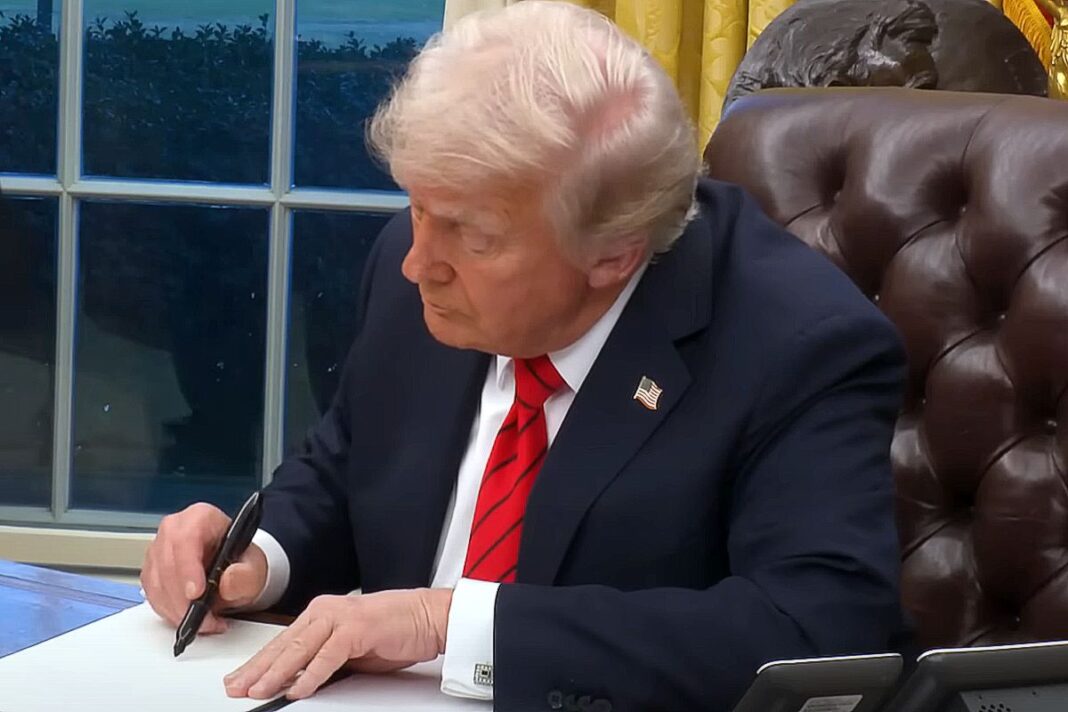The United States plans to tariff all trading partners at an amount that matches the tariffs placed on the US, the president says.
President Donald Trump has announced sweeping reciprocal tariffs on all U.S. trading partners “for purposes of fairness.”
Speaking from the Oval Office on Feb. 13, the president confirmed that he will implement a matching tariff on whatever amount countries charge the United States.
“It works out very well,” Trump told reporters. “It’s a beautiful, simple system, and we don’t have to worry about charging too much or too little.”
The tariffs could go into effect as early as April 2 following the completion of a study, Howard Lutnick, Trump’s nominee for secretary of the Department of Commerce, said while speaking alongside the president in the Oval Office.
Here are five key takeaways from Trump’s latest tariff plan.
Countries Affected the Most
Reciprocal tariffs are more likely to affect emerging market economies—Brazil, India, Vietnam, and several Southeast Asian and African nations—as many of these countries currently maintain wider tariff gaps.
World Bank data from 2022 indicate, for example, that India’s weighted average effective tariff rate on the United States was about 9.5 percent. The average U.S. tariff rate on India’s products entering the country is about 3 percent.
“Traditionally, India is right at the top of the pack,” Trump told reporters, noting that the United States cannot sell Harley-Davidson products in India because tariffs are high.
He made the comments before his meeting with Indian Prime Minister Narendra Modi at the Oval Office on Feb. 13.
“They charge more tariffs than any other country,“ Trump said. ”We’ll be talking about that.”
The president also singled out Taiwan, saying all chip production had moved to Taiwan from the United States and that he wanted to bring manufacturing back to the country.
In 2023, Taiwan’s overall average nominal tariff rate for imported goods was 6.34 percent, ranging between 4.13 percent for industrial products and 15.06 percent for agricultural products.
“U.S. industry continues to request that Taiwan lower tariffs on imports of many products,” the International Trade Administration stated in a January 2024 report.
By Andrew Moran







